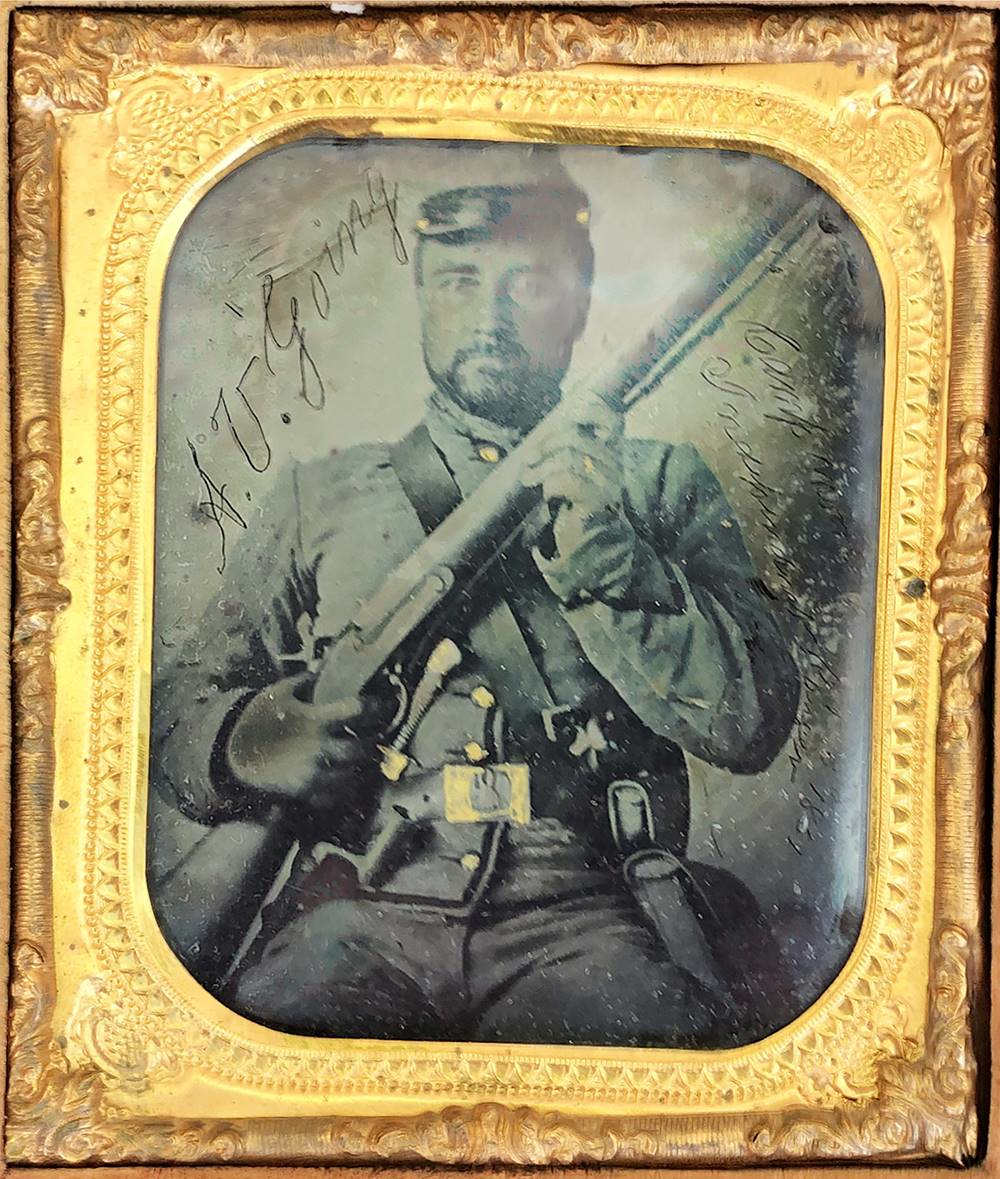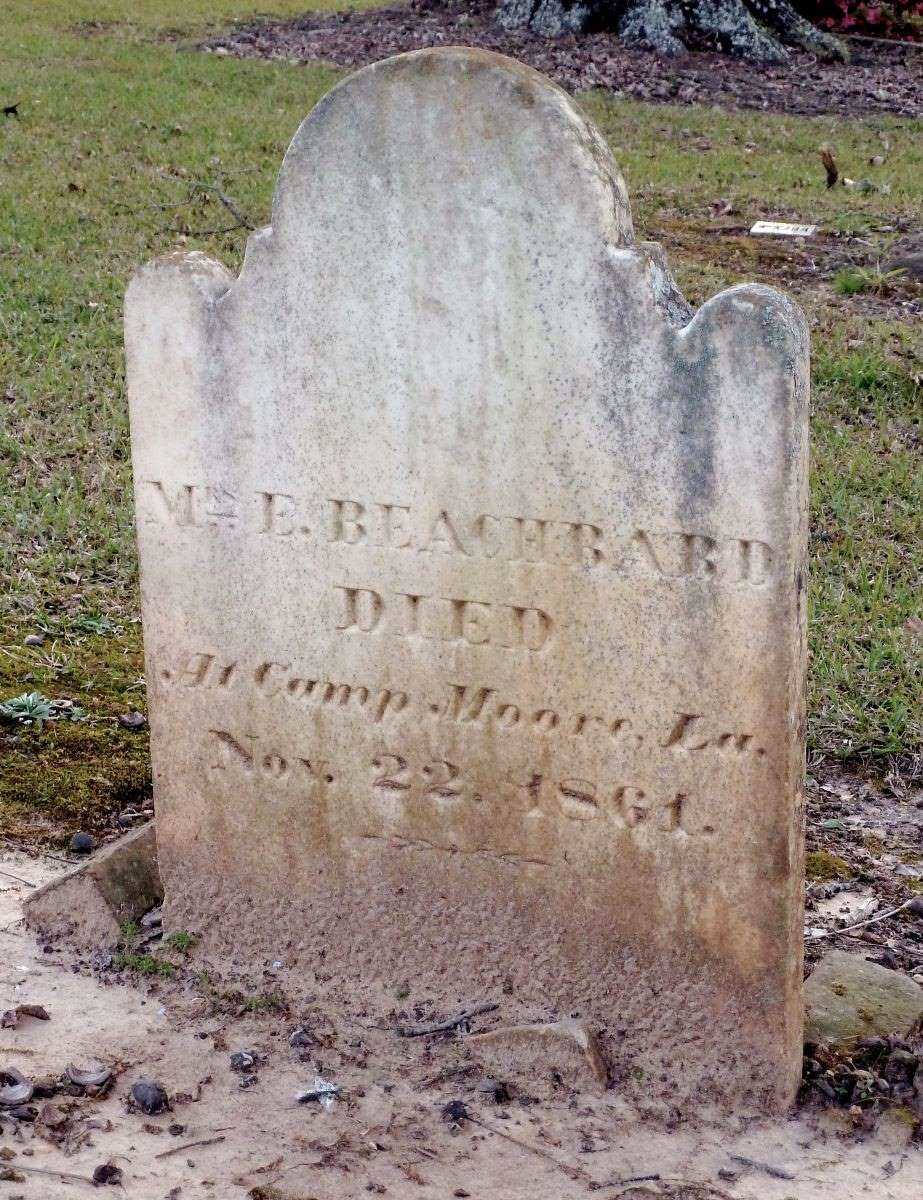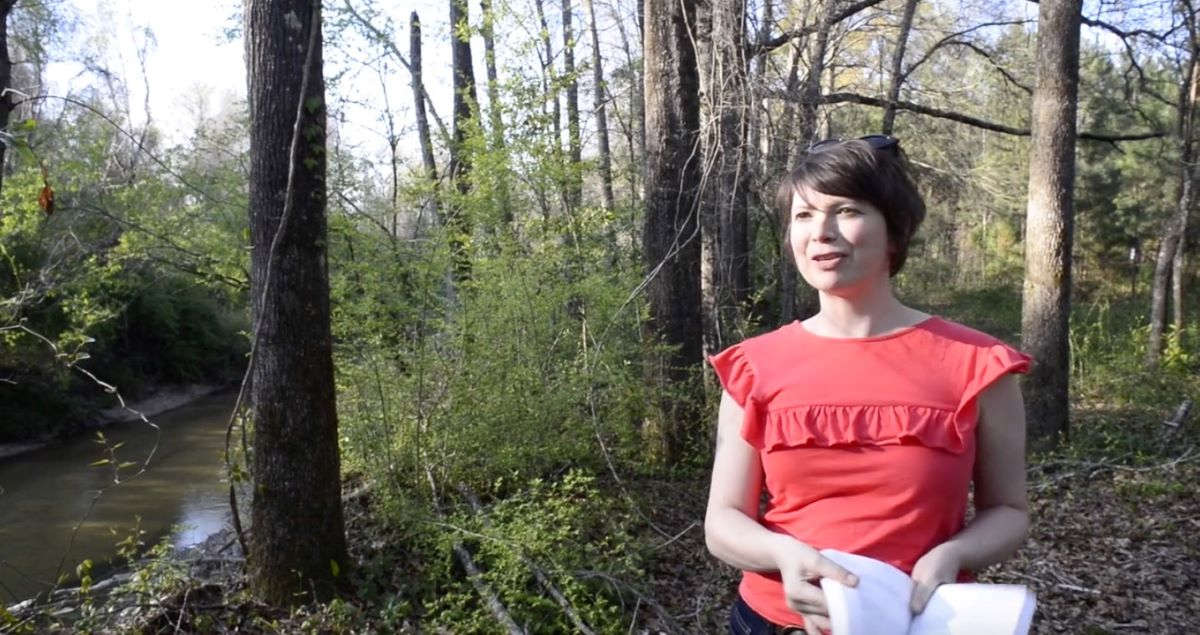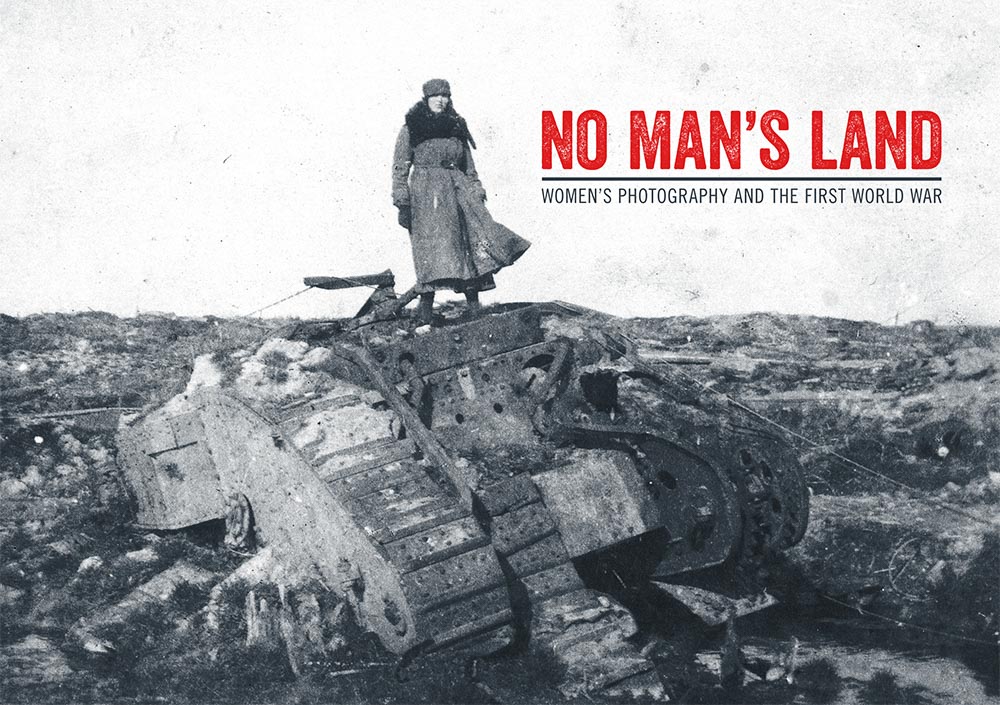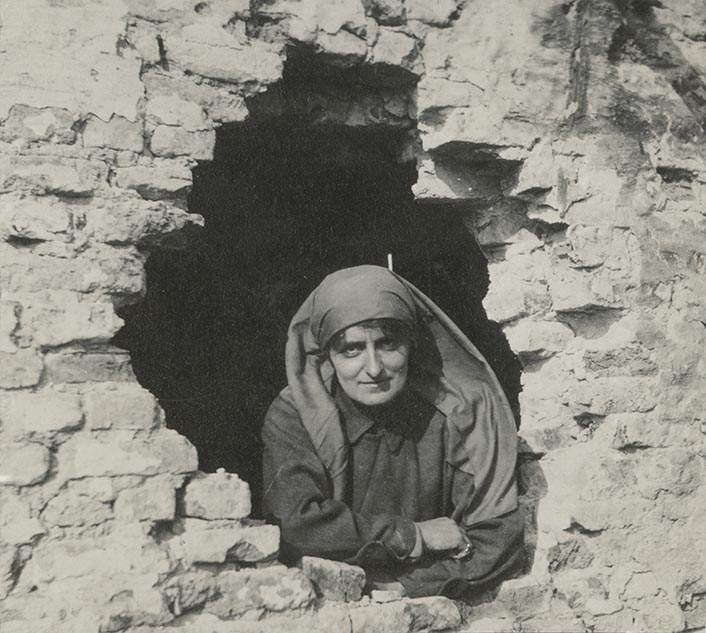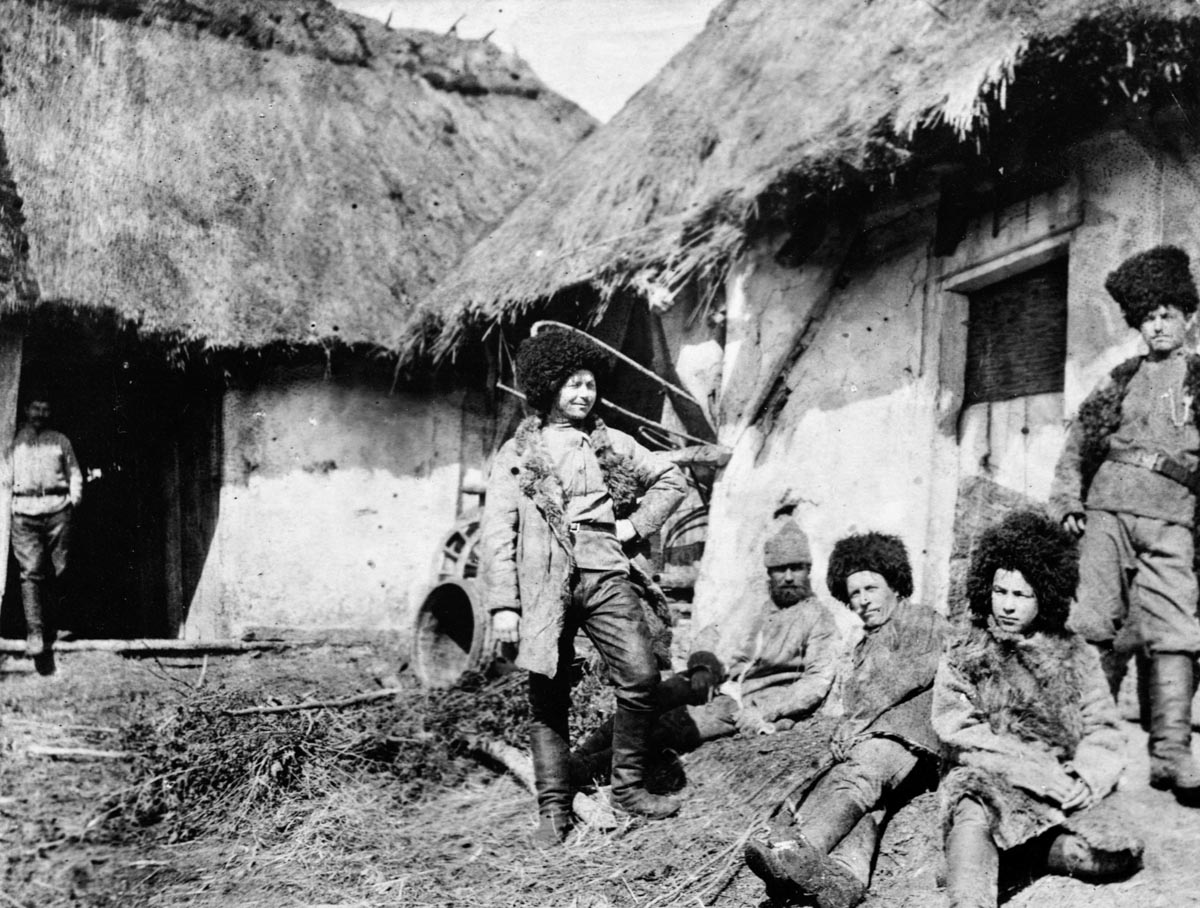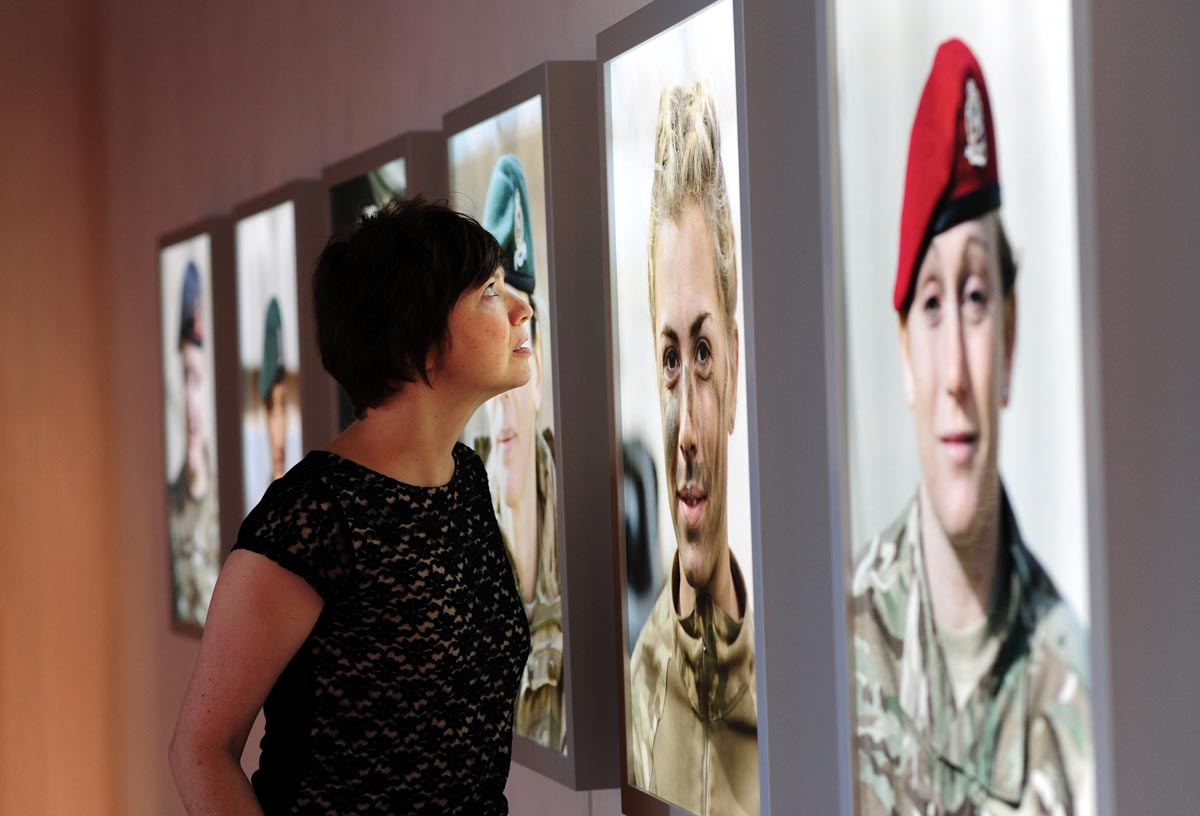- HOME
- ABOUT
- BIOS
- PROJECTS
* indicates multiple projects
- NEWS
- DONORS
- CONTRIBUTE
- APPLICATION
BIO
Pippa Oldfield
Dr Pippa Oldfield is a UK-based curator and photo-historian who has worked on many exhibitions on the theme of photography, war and gender. She is Head of Programme at Impressions Gallery, a public-funded centre for photography in Bradford, England. She is also Honorary Research Fellow at Durham University, and Visiting Research Fellow at University of Leeds.
PROJECT
Elizabeth Beachbard: Pioneering Ambrotypist in the American Civil War
2018
Thanks to a Peter E. Palmquist Award, I was able to conduct the first significant piece of research on a pioneering woman photographer, Elizabeth Beachbard (born c.1822-28, died 1861). Previously, little was known about this enterprising New Orleans ambrotypist who relocated to Camp Moore, Tangipahoa, and photographed Confederate soldiers of the Louisiana infantry. She is the only woman photographer thus far known to have worked in a military camp during the American Civil War.
The award enabled me to undertake a ten-day research trip to Texas and Louisiana to carry out primary research in archives and collections, and led to the discovery of a previously unattributed ambrotype made by Mrs. Beachbard, which will be discussed in a forthcoming article. I was also able to identify the former site of her New Orleans ‘ambrotype saloon’ in S. Rampart Street, visit Camp Moore where she worked from a ‘shanty’ during the summer of 1861, and pay my respects at her grave in Tangipahoa Town Cemetery.
Future research will, I hope, uncover more photographs that can be attributed to Elizabeth Beachbard, as well as stimulate further investigations of other women operating photographic businesses in the Civil War, and of the transformation of gender roles through photography at a critical historical moment.
OUTCOMES
Book
Elizabeth Beachbard is one of many overlooked photographers featured in my forthcoming book, Photography and War, published by Reaktion, London 2019. The book explores photography’s complex and intertwined relationship with armed conflict, and pays special attention to the participation of women. The book is available now for pre-order, published September 2019. www.reaktionbooks.co.uk
Public Lecture
I discussed Elizabeth Beachbard in my public lecture: ‘Women War Photography: The Pioneers at Tempest Anderson Hall, York, at the invitation of York Philosophical Society as part of York Festival of Ideas, 11 June 2019. The lecture was the first public presentation of my research, presented alongside two other overlooked women war photographers: Sara Castrejón, a studio photographer in Guerrero during the Mexican Revolution; and Mairi Chisholm, a First Aid volunteer working under fire in the First World War, who recorded her experiences with a snapshot camera.
Article
A full-length article is undergoing the submission process to a peer-reviewed journal, publication date to be advised. The article represents the first concerted effort to trace the career and assess the significance of Elizabeth Beachbard, presenting my research that reconstructs her life and work, considers her significance, and makes the case for her authorship of a hitherto unattributed ambrotype. I argue that she should be seen as a pioneering and important figure in the history of women’s photography: perhaps, even, America’s first identifiable female photographer of war.
PROJECT
No Man’s Land: Women’s Photography and the First World War
2016
The Peter E. Palmquist Award helped support my curatorial research for the major UK-touring exhibition No Man’s Land: Women’s Photography and the First World War, led by Impressions Gallery in partnership with Bristol Cathedral, The Turnpike in Leigh, and Bishop Auckland Town Hall, funded by Arts Council England and Paul Mellon Centre for Studies in British Art.
The idea for the show was to bring rarely-seen female perspectives on the conflict, from women who worked as nurses, ambulance drivers, and official photographers, into dialogue with contemporary artists directly inspired by the First World War. Scheduled to coincide with the centenary of the conflict, the exhibition features photographs by three women of the epoch – Olive Edis, Mairi Chisholm, and Florence Farmborough – alongside three women making work a century later: Alison Baskerville, Dawn Cole, and Chloe Dewe Mathews.
Highlights of the show include some never-before-exhibited frontline images by nurses Mairi Chisholm and Florence Farmborough; photographs by Olive Edis, the UK’s first female photographer officially commissioned to go to a war zone; and new digital lightboxes by contemporary photographer and former soldier Alison Baskerville.
In particular, the Peter E. Palmquist Award supported research in the National Library of Scotland, where I was able to investigate the original photo-albums of Mairi Chisholm, a young Scottish woman who had worked as an ambulance driver and nurse on the Western Front from 1914-1918. The exhibition includes modern prints made directly from Chisholm’s albums. Many of these have never been published or exhibited, including the extraordinary image of Irene ‘Winkie’ Gartside-Spaight atop an abandoned tank in No Man’s Land, which has become the signature image for the entire exhibition.
This research was key in revealing how Chisholm had used snapshot cameras to record her experiences at the frontline, and to depict scenes that were ignored or excluded by official photographers and the national press. For instance, Chisholm recorded the corpses of soldiers left dead after fighting, images of which were not permitted to be shown in British newspapers due to propaganda reasons. She also made many spontaneous and playful snapshots that reveal the ways in which humour was an important tool in maintaining women volunteers’ (and soldiers’) resilience during the traumatic events of their work.
OUTCOME
No Man’s Land was shown at Impressions Gallery in Bradford, UK, (7 October to 30 December 2017), before traveling to Bristol Cathedral (6 April to 1 July 2018), The Turnpike in Leigh (10 November 2018 to 12 January 2019), and Bishop Auckland Town Hall, Co. Durham (late January to end April 2019). The exhibition has captured the imagination of audiences across the country, with press features in BBC History Extra, The Guardian, and many other publications and online platforms. It was originally envisaged that the exhibition would reach a total of 40,000 visitors, but half-way through its tour, No Man’s Land has already reached over 120,000 people.
In addition, the exhibition provided the springboard for an independent 9 month-long project funded by the Heritage Lottery Fund. No Man’s Land: Young People Uncover Women’s Viewpoints on the First World War enabled New Focus, Impressions Gallery’s project group of young people from Bradford aged 16 to 25, to visit photographic archives in the UK and experience historical photographs by women first hand. The young people were particularly inspired by the resilience and pioneering spirit of the women they encountered. In response, they created an innovative interactive visual publication especially designed to appeal to readers aged 14+, aiming to show a different perspective to text-based and masculinist narratives of the First World War usually taught at school. The book has been distributed for free to schools and libraries in the UK, and a free eBook is also available.
LINKS
No Man’s Land at Impressions Gallery, with full resources including a 12 minute film with the curator and contemporary artists, a free downloadable exhibition guide, and full details of funders, partners and sponsors.
impressions-gallery.com
BBC History Extra
historyextra.com
The Guardian
theguardian.com
An interview with Dr Pippa Oldfield for PMC Notes
paul-mellon-centre.ac.uk
An interview with Dr Pippa Oldfield for Hyperallergic
hyperallergic.com
‘Snapshots from No Man’s Land’, British Art Studies
britishartstudies.ac.uk
Free eBook by New Focus, No Man’s Land: Young People Uncover Women’s Viewpoints on the First World War
impressions-gallery.com
PROJECT
Mrs. Leach’s Revolutionary Albums: A US Observer in Mexico
2012
A Peter Palmquist Award (2012) enabled me to travel to archives in Texas to research women’s photography during the Mexican Revolution. My research in the Harry Ransom Center uncovered a little-known pair of photo-albums produced by Kate Leach, a US citizen who was a resident in northwestern Mexico during the Revolution. By closely examining her albums, I gained insight into women’s snapshot photography, often dismissed as a “feminine,” apolitical and trivial practice. Leach’s albums are wide-ranging and genre-crossing, encompassing the Revolution (with images of military leaders and troops on the move) as well as records of her travels, and family and personal snapshots. She responded creatively to the unfolding armed conflict, actively engaging with the Revolution through photography. Rather than being a bystander to events, Leach presented her own viewpoint as a participant and chronicler in the making of history. Her albums offer an important counternarrative to official, male-dominated histories of the conflict, and demand a reassessment of middle-class provincial women’s engagement with photography and war at the turn of the century.
OUTCOME
The research funded by the Peter Palmquist Memorial Fund resulted in the chapter “Mrs. Leach’s Revolutionary Albums: A US Observer in Mexico.” This formed part of my doctoral dissertation (2016) entitled “Calling the Shots: Women's Photographic Engagement with War in Hemispheric America, 1910 to 1990.” An e-thesis is available here: PDF
UPDATE
The photography of Mrs. Leach and her contemporaries in the Mexican Revolution and the First World War is discussed in my essay ‘Käthe Buchler in Context: Women’s Photographic Viewpoints on War in the Early Twentieth Century’ in Beyond the Battlefields: Käthe Buchler’s Photographs of Germany in the Great War, ed. Matthew Shaul (University of Hertfordshire Press, 2018).
